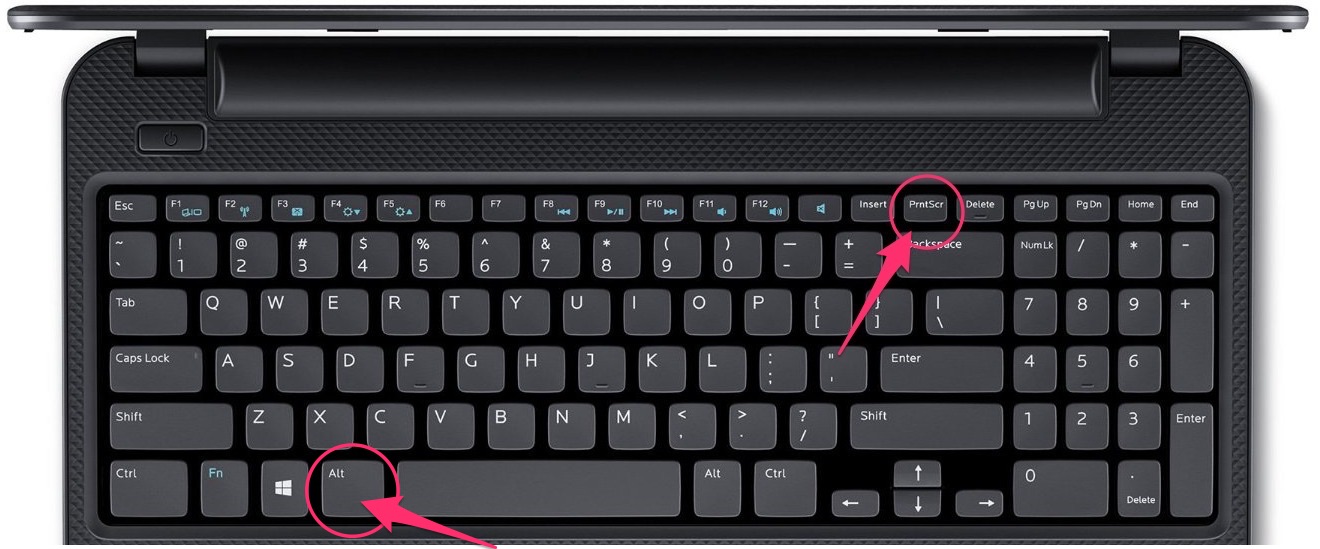
- Applewin unable to capture print screen manuals#
- Applewin unable to capture print screen full#
- Applewin unable to capture print screen software#
- Applewin unable to capture print screen code#
There was, indeed, a syntax error on the line that contains the PEEK instruction. The ROM version of your //c should be at $FBBF hex or 64447 decimal.
Applewin unable to capture print screen code#
Perhaps you got a control character or something else in the line of code that threw the syntax error? There are several versions of the //c ROM, although I don't recall there being any differences related to the problem you describe. If I get the same failure you did, I will read the ROM code to see what is actually happening. I will need pull out a //c this weekend and test it, but I would have expected your code to work with either positive or negative on a "newer" //c.

I agree with your choice of Enhanced //e on the emulator to mimic the //c. It would have answered your question and might be of interest to you as you run up against other issues. But, CALL statements seemed to always use negative values for any location above 32K.įor most people I knew, the famous Beagle Bros Peeks, Pokes & Calls chart was the beginning of a journey of discovery into all things "secret" inside the machine language ROM code. In practice, PEEKS and POKESs tended to migrate toward positive values over time. Later Applesoft versions supported numbers larger than 32K but the habit was already developed for many and perpetuated. Afterall, the bit patterns were the same and geeks were smart enough to adjust so the machine need not. This avoided the coded needed to convert 2's compliment to unsigned integers. In order to shrink the code to use less memory, INT BASIC used negative numbers to produce the exact bit pattern needed for unsigned integer memory addresses. Unsigned integers (like memory addresses) have a range of 0 through 64K or 0 to 65536. Actually -32767 through +32768 because zero is "in the middle". Thus providing a range of values -32K to +32K (more or less). Without going into all the binary representation, the 64K values available in 16 bits were balanced around zero. INT Basic used two's compliment 16 bit integers. It turns out that the original Apple ][ Plus computers used Integer BASIC which preceded AppleSoft floating point BASIC. The slightly longer, more generic answer is people tend to follow familiar patterns. Note, the calculator will also show the hexadecimal $C030 value. The calculators in Windows and MacOS both have a programmer mode where you can see the bit patterns are equivalent. To get the negative value, subtract 65536 from the positive value. You can get the positive value by adding 65536 to the negative representation. Xavier on AppleWin on OS X 10.11.Short generic answer - 64K = 1024 * 64 = 65536.burak on AppleWin on OS X 10.11.6 (El Capitan).SUNBURST – Learning To Cope With Pressure.

Applewin unable to capture print screen software#
Applewin unable to capture print screen manuals#
Tags: Apple2, BASIC, RetroChallenge, S-BasicĨBit Bunker 80s 512K 6502 Apple2 Archiving Assembler BASIC CEC DCF Education Emulators Floppy Days Kfest Kryoflux Macintosh Macrosoft Manuals Musings Nibble Magazine PAL Printer Programming retrobits RetroChallange RetroChallenge S-Basic VGA VZ200 Wine WineBottler Z80 If time permits, I’ll add additional Applesoft commands to the parser.
Applewin unable to capture print screen full#
So, in a nutshell, declared variables with full name support, not just up to the first two characters, called subroutines passing and returning values (no recursion support), and case insensitive commands. My Characters_Per_Line = 40 home for i = 1 to Counter%Ĭo% = centre_text(Characters_Per_line,String$) My target script is a version of the traditional “Hello World” program below: # RetroChallenge 2016/10

In a previous RetroChallenge I was going to re-write Nibble BASIC in itself, but my project this time is to write an external “compiler” to take an enhanced Applesoft like script and convert it to run on an Apple][. I added extra commands such as Repeat/Until and While/EndWhile, and “Turtle” like graphic commands. It allowed you to write Applesoft programs without line numbers, and added additional commands such as If/ElseIf/Else, and Loop/EndLoop, as well as Goto and Gosub labels rather than using line numbers. Way back in the day on of my favourite programming tools was Nibble BASIC from the Nibble Magazine.


 0 kommentar(er)
0 kommentar(er)
